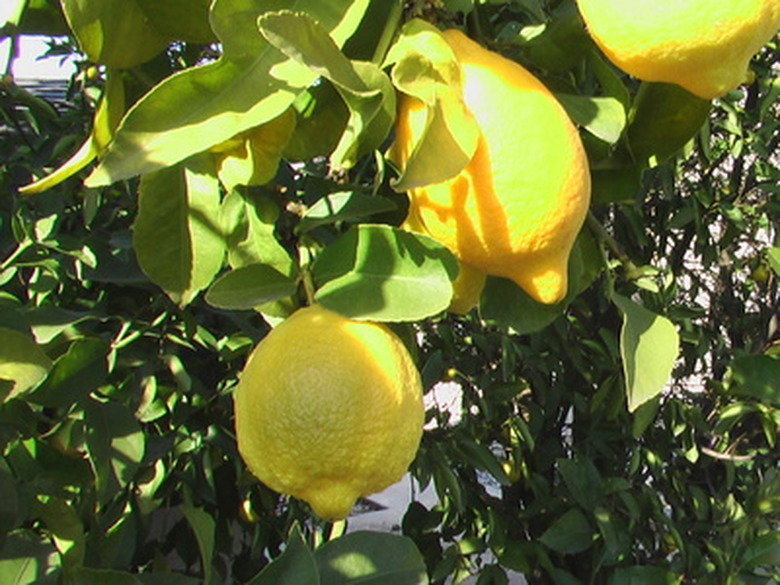Cross Pollination Of Citrus Trees
Fruit-bearing plants use multiple forms of reproduction to increase the chances of survival for the plant and its species. Most commonly, plants use vegetative reproduction or self-pollination, which includes transferring the genetic material of two flowers on the same tree. Some plants, such as certain citrus trees, are able to use more than one form of reproduction in case requirements of one are not met.
Cross-Pollination
Cross-pollination, unlike self-pollination, involves transferring the genetic material from the flowers of two different plants for reproduction. This either involves an insect or the wind carrying the pollen from flower to flower, taking the needed genetic material with it. For many citrus plants, including tangelos and some mandarins, cross-pollination is used effectively along with vegetative reproduction to increase a species' rate of survival.
Species-Specific
Cross-pollinators need differing genetic material from specific species to reproduce. Species like the navel orange tree use cross-pollination, but only when they receive pollen from other navel orange flowers. Plants are unable to pollinate with species of unrelated plants, making many hybrids of plants impossible to produce, such as naturally creating a plum-orange hybrid. When related trees that aren't specifically the same species reproduce, such as tangerines and clementines, hybrids like tangelos are produced.
- Fruit-bearing plants use multiple forms of reproduction to increase the chances of survival for the plant and its species.
- Most commonly, plants use vegetative reproduction or self-pollination, which includes transferring the genetic material of two flowers on the same tree.
Hybrids
Some citrus fruit, such as clementines, specifically require cross-pollination with differing species to reproduce. This is especially true for most citrus hybrids. For example, although tangerines like the satsuma are able to self-pollinate, minneola tangelos are produced only through cross-pollination.
Location
It is important for gardeners to assess the range of local bees to increase the chances of pollination before planting. Pollen trees must be within a specific range, dependent on the species of both the tree and the bees, for the reproduction process to take place. According to the University of Florida department of agriculture, both trees should be placed no more then the distance of two fully developed trees in between them.
Dangers
It is possible for certain citrus trees to experience over-pollination if too many cross-pollinating trees are placed within the same area. Trees begin to develop more fruit than the tree has enough resources for, lowering the quality of both the fruit and the tree itself. As time progresses, every other year will see a poorer harvest than the last, affecting a large percentage of your orchard.
- Some citrus fruit, such as clementines, specifically require cross-pollination with differing species to reproduce.
- It is possible for certain citrus trees to experience over-pollination if too many cross-pollinating trees are placed within the same area.
References
- University of Florida: IFAS: Pollination of Citrus Hybrids
- "Cross-Pollinations: The Marriage of Science and Poetry"; Gary Paul Nabhan; 2004
